
by: SEO Strategist
Ashot Nanayan
Ashot Nanayan is the CEO and Founder of DWI and a seasoned SEO strategist. With a proven track record of...
All Articles by Ashot Nanayan
May 3, 2025
12 min. read
Most people use the term “link juice” without really stopping to explain what it means or why it still matters. Link juice, also known as link equity, is the value or authority that one webpage passes to another through hyperlinks. Whether it’s coming from an editorial feature or a tiny niche blog, that flow of authority can impact how Google sees your site.
Link juice still plays a very important role in organic search rankings. Yes, algorithms have become smarter. But Google’s obsession with link signals hasn’t gone anywhere. A link from a trusted, high-authority site is still great.
If you’re serious about SEO, understanding how link juice works isn’t optional. It affects which pages rank, how fast you climb the SERPs, and whether your domain earns real authority or gets buried under competitors who know what they’re doing.
In this guide, I’m giving you a no-nonsense deep dive into how link juice works: what drives it, what drains it, and how to make it work for you.
Whether you’re an SEO strategist, a website owner, or someone trying to figure out why your web page ranks lower than it should, this guide is written with you in mind. It’s honest, direct, and backed by experience, not recycled theory.
Before moving ahead to discuss more complex terms and ideas, I would like to make sure you really imagine what link juice is, even if this is the first time you’ve dived into link-building and SEO.
In simple terms, link juice is the value or authority passed to your website when another site links to one of your pages, but that value is formed from a combination of several factors.
I’m sure that even today, a lot of people still obsess over acquiring backlinks, but half the time, they’re wasting energy on links that don’t pass any real value. So, let me break down what elements and factors affect link juice (the quality of a link) and how to get the most out of it.
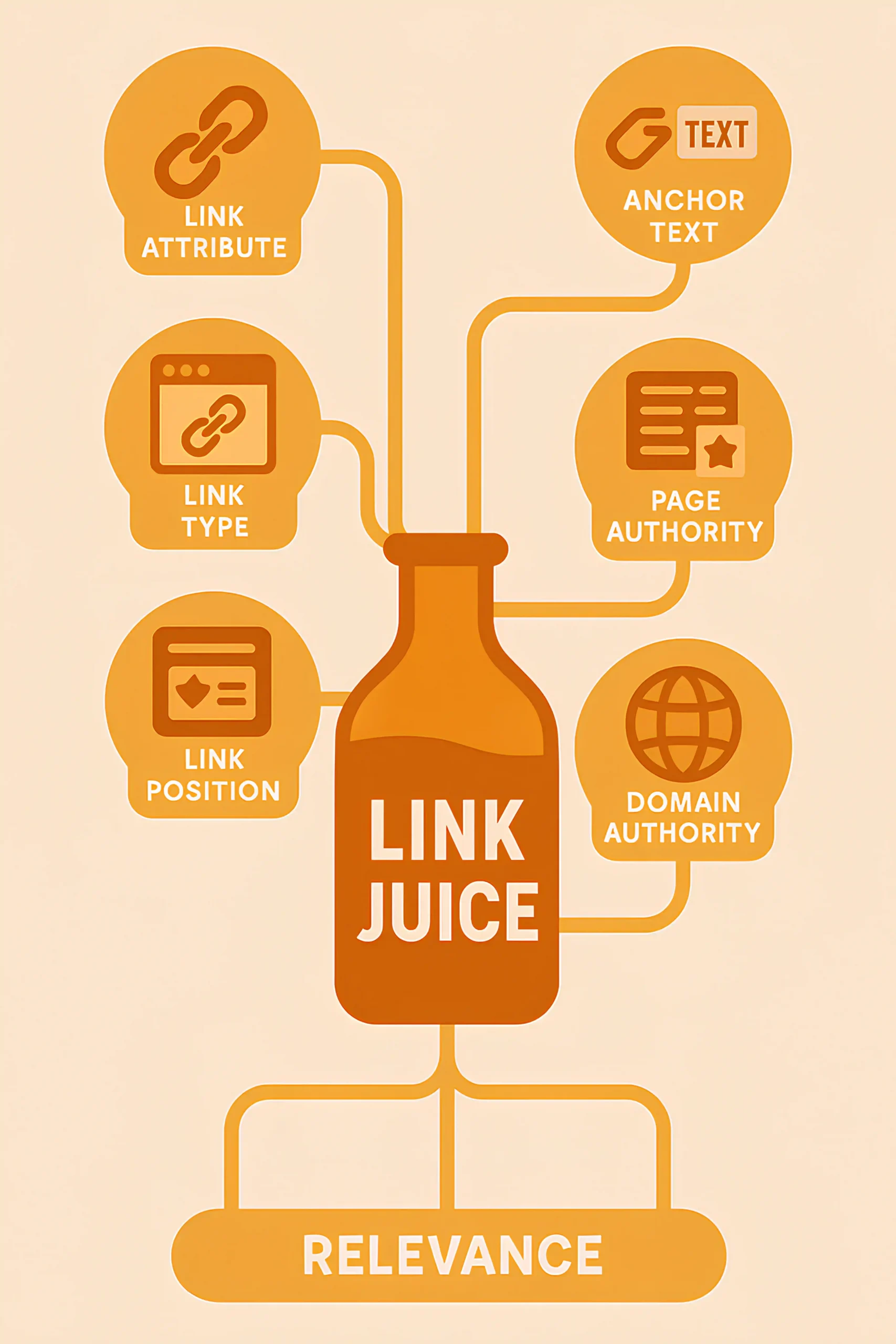
If a link has a rel=”nofollow” tag, Google typically ignores it in terms of authority transfer. That said, it doesn’t mean those links are completely worthless. Google has updated its stance: nofollow is now treated as a “hint” rather than a strict directive, meaning that in some cases, Google may choose to consider these links for crawling or even ranking purposes.
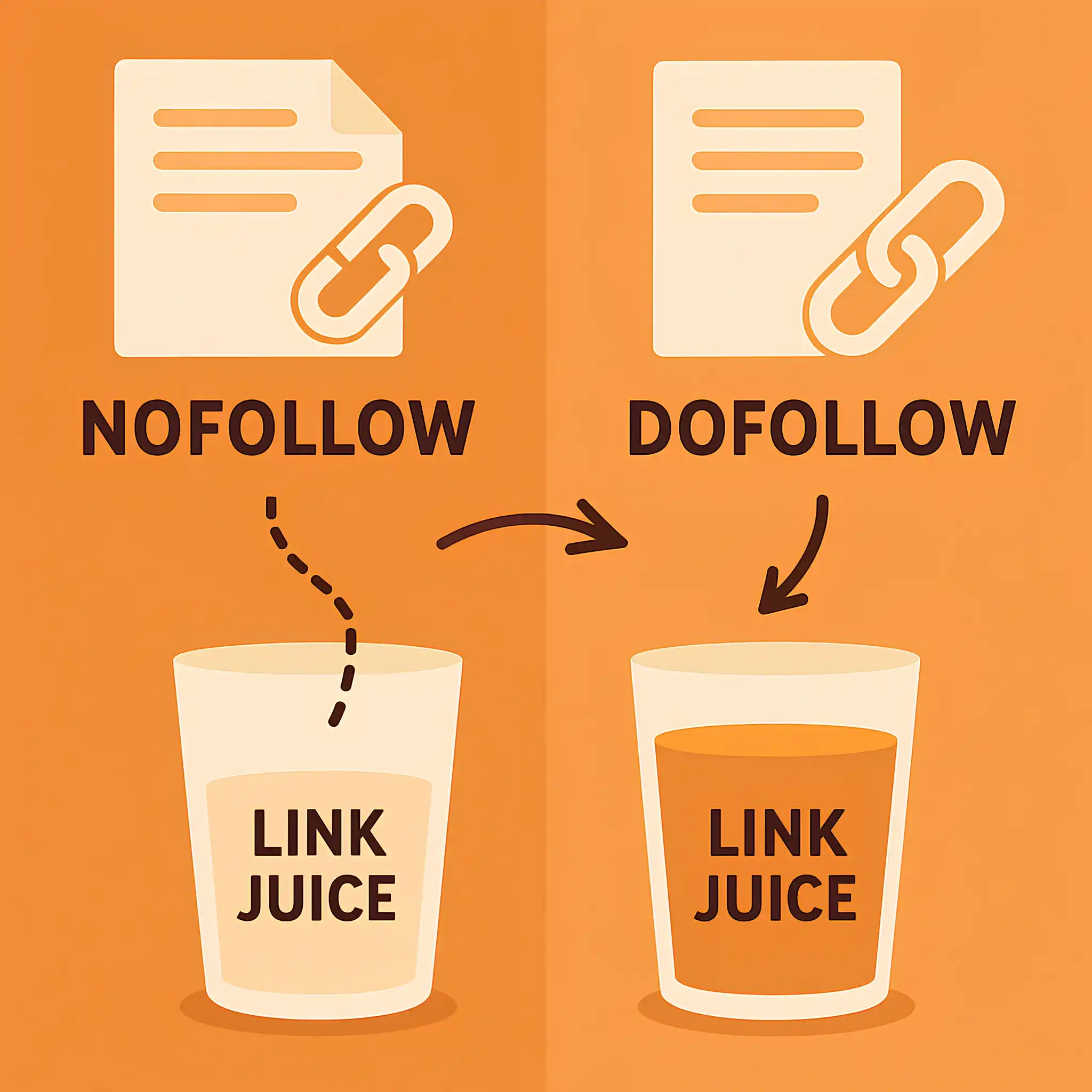
I’ve had clients get nofollow links from top-tier publications that triggered crawl behavior, boosted brand recognition, and led to follow links later down the road. Some practitioners and case studies report modest ranking improvements after acquiring high-quality nofollow links, especially from authoritative sources like Wikipedia or major news outlets.
So, while nofollow links do not directly pass link juice, experts emphasize their indirect value. They can drive significant referral traffic, boost brand awareness, and sometimes lead to organic dofollow links when others discover your content through the nofollow link
As a link-building specialist, I believe that a more balanced ratio of dofollow to nofollow links (e.g., 60:40) correlates with better ranking performance and a more “natural” backlink profile in the eyes of search engines.
Dofollow vs. Nofollow: What Experts Say
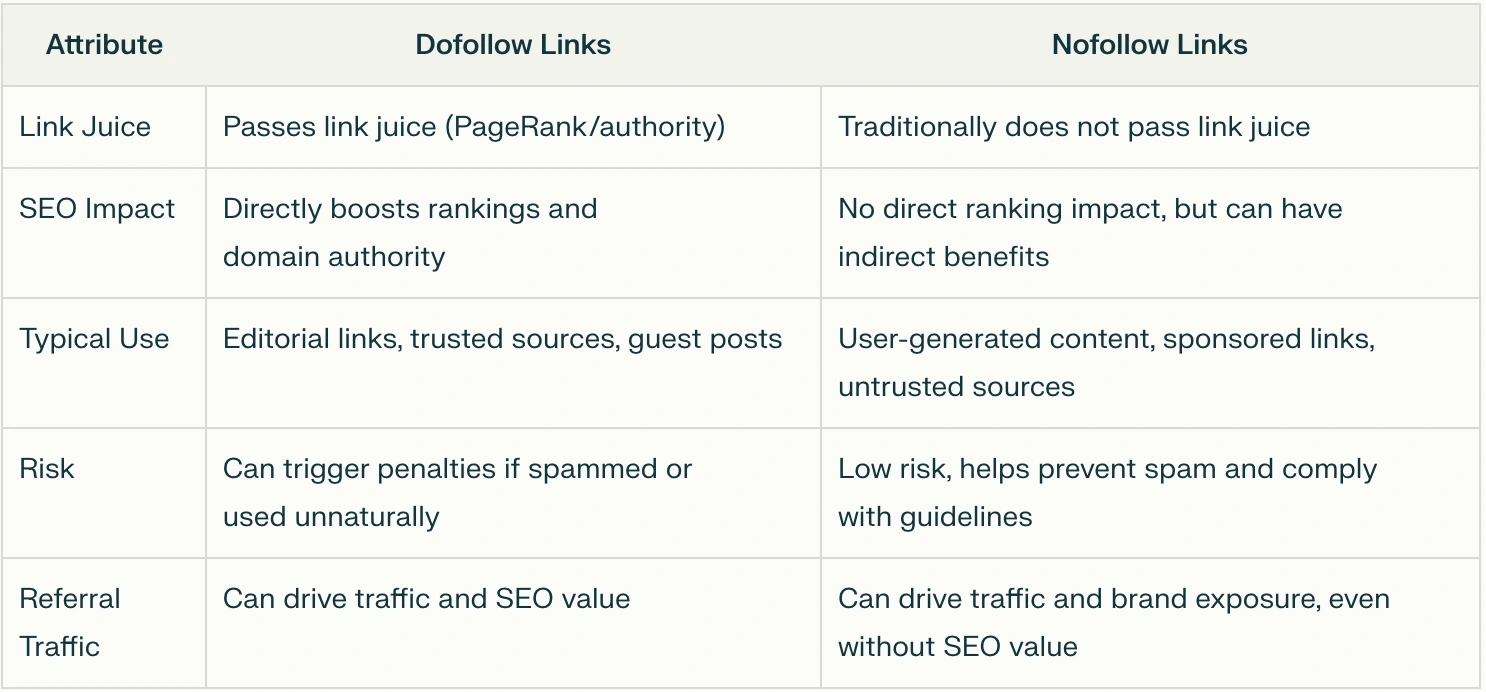
The type of link matters a lot. If your link is placed naturally inside a good piece of content (known as contextual or in-content links), right in the middle of a relevant sentence, you will probably get the most link juice. Google sees it as part of the conversation, not just some random mention.
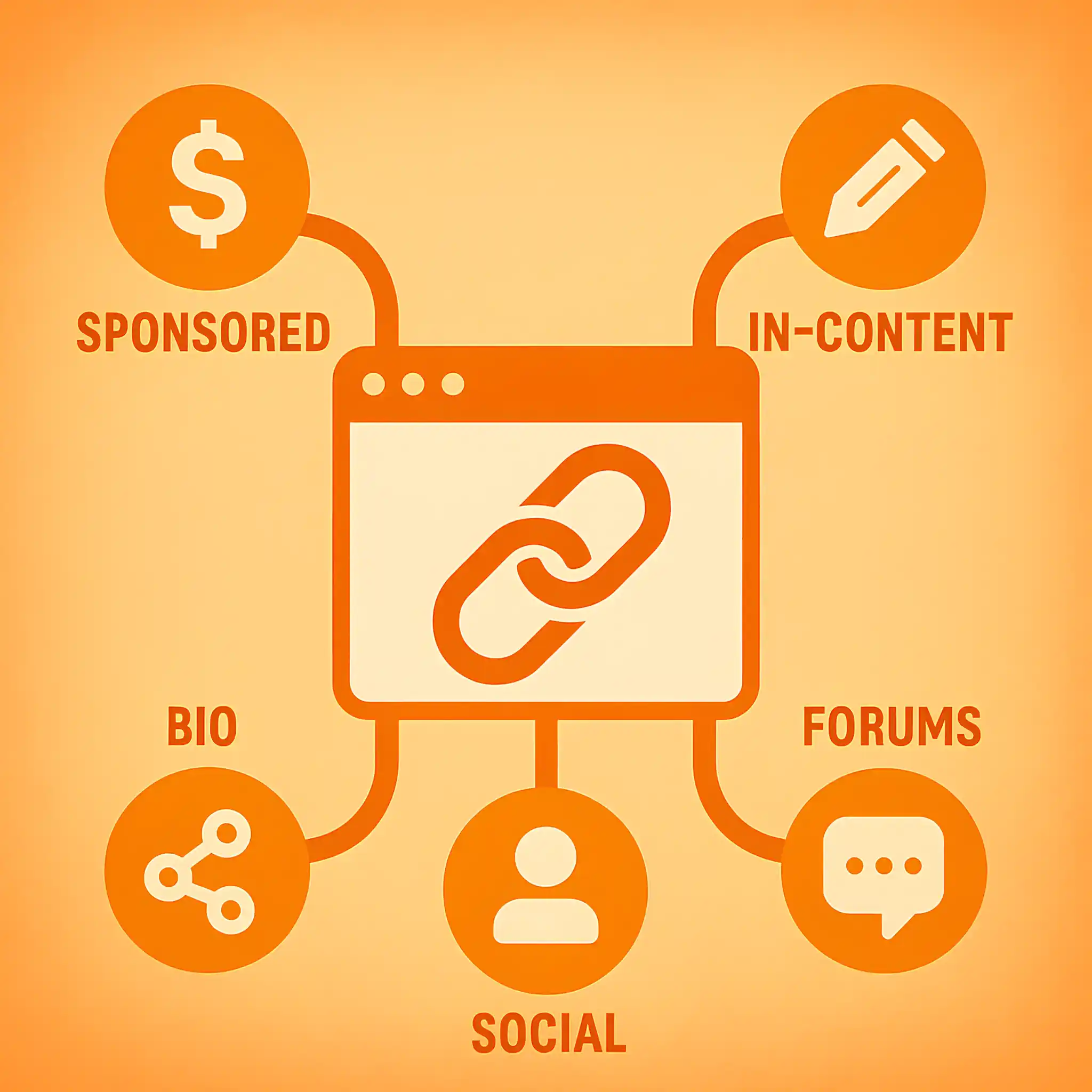
On the other hand, if your link is placed in the footer, added to a sidebar, or included in a generic author bio, it will do little for you.
For example, forums are nofollow, or dead, or just full of spammy threads that Google’s not even paying attention to. Even if it’s dofollow, a comment like “Great post! Check out my site!” doesn’t move the needle.
Sometimes, I also notice many link builders buy links with a sponsored tag. It’s okay, but when your goal is brand exposure, referral traffic, or PR visibility, not just ranking.
One of the most overlooked elements in the conversation is link position, and I’m still surprised how often it’s ignored like it doesn’t matter. If you’re featured in a 5,000-word blog post and your link is placed in the second paragraph, that’s a whole different story compared to being buried between a CTA no one reads and an author bio no one cares about.
From what I’ve seen over the years, links placed higher up in the content, ideally above the fold or embedded naturally within the first few paragraphs, tend to carry more weight. Not just because Google might crawl and process them sooner, but because users see them.
If the link is somewhere deep in paragraph thirty-four, buried under four scrolls of text, nobody’s clicking that. Google knows that, too. The real authority doesn’t just come from the existence of the link, it comes from how it’s treated in context.
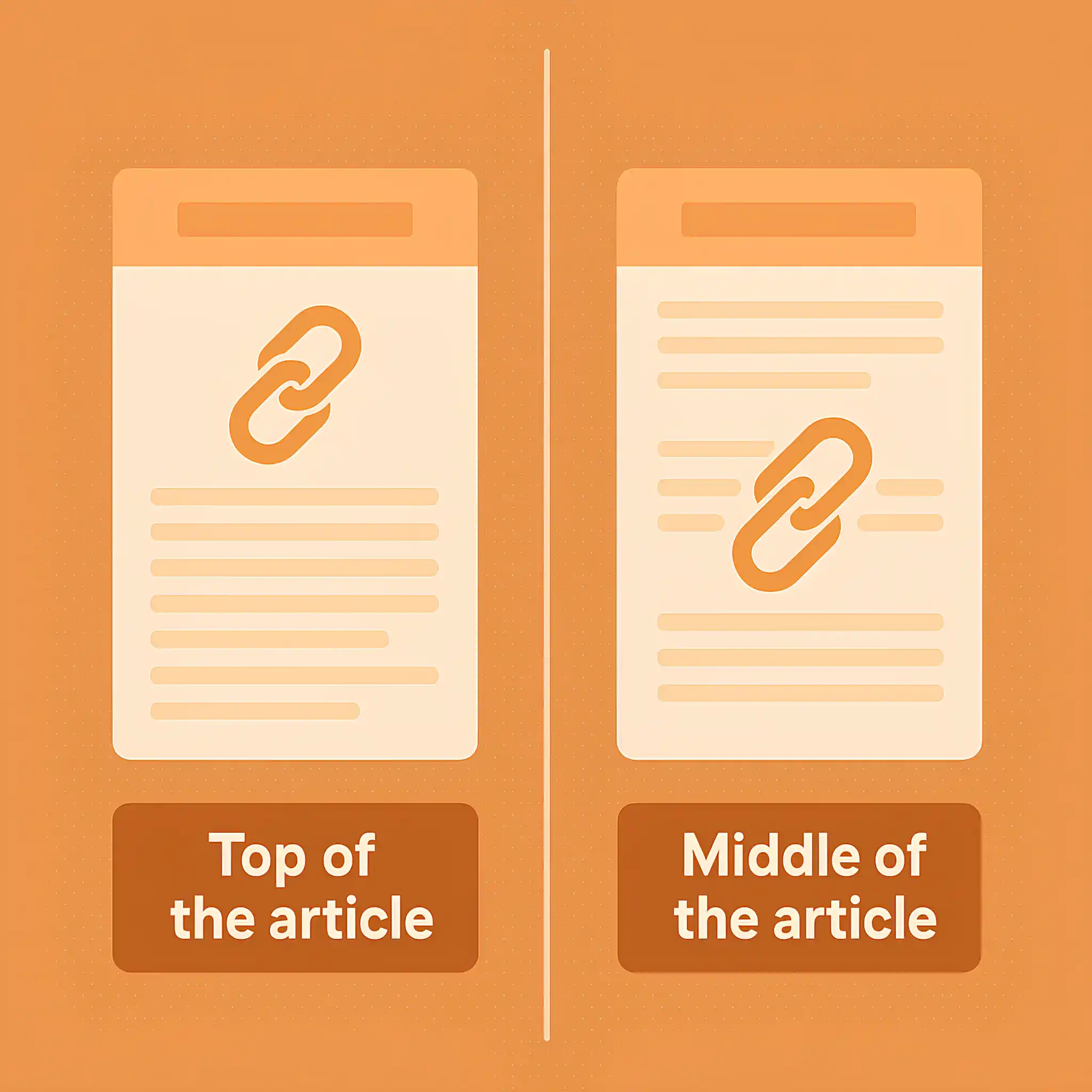
I also believe there’s an engagement signal at play. A link that users click, hover over, or even copy-paste into a new tab, such behavior sends a message. It shows the link isn’t just decoration. It’s useful.
So when you’re building links or guest posting, don’t just celebrate the win and move on. Ask where your link is placed. Ask how it’s introduced. More importantly, ask yourself, will this link be seen?
The type of anchor text you use directly influences how Google understands and values a backlink. Anchor text tells Google what the linked page is about and what kind of relationship the linking page has to it.
So, yes, anchor text affects link juice. It significantly influences how link juice (link equity) is distributed and how search engines understand the relevance of the linked page.
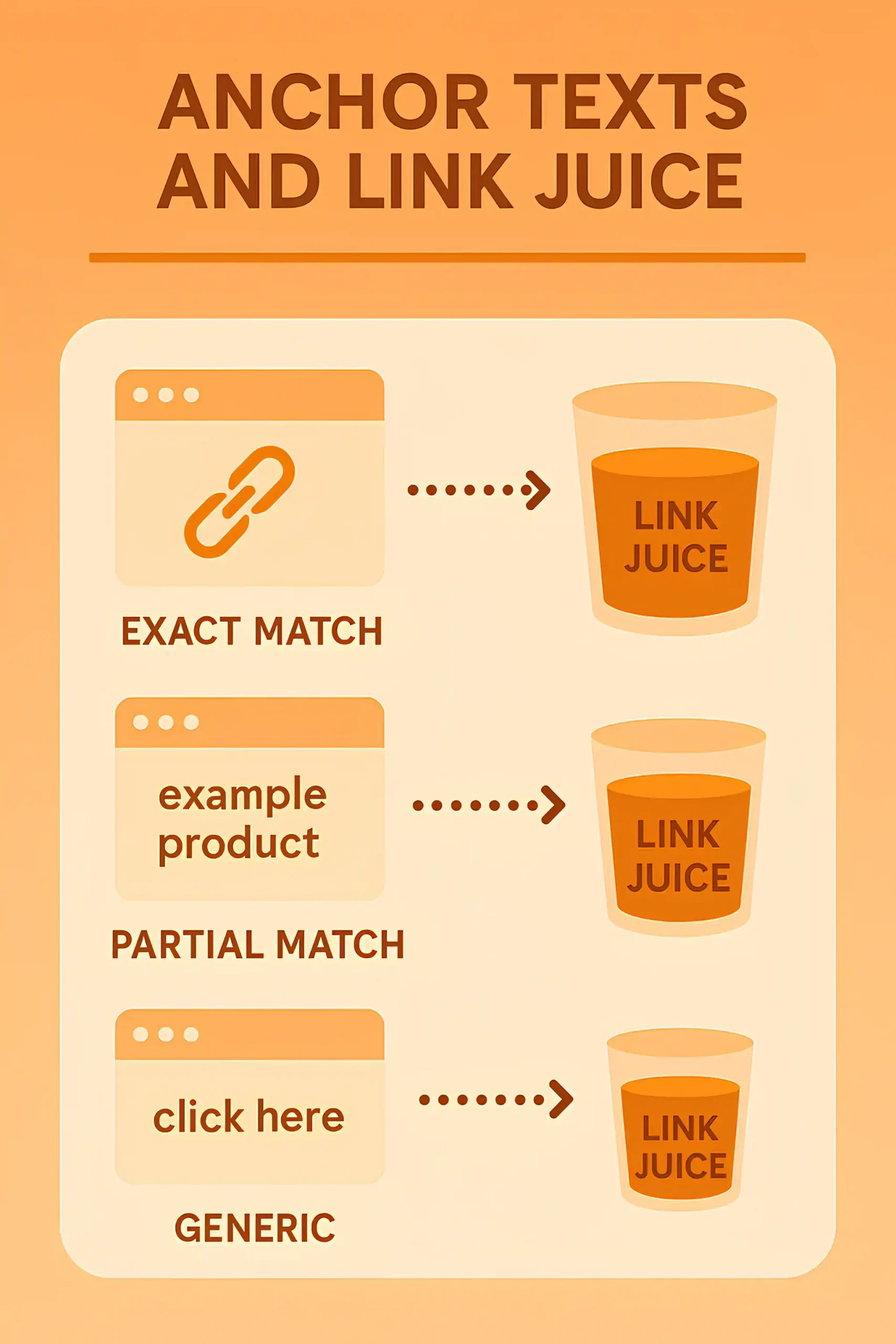
I believe branded and exact match anchors have the most value. However, using a variety of anchor text types: exact, partial, branded, generic, and naked URLs, is considered best practice to avoid penalties and keep your link profile looking natural.
Page Authority is not a fixed truth. It’s a concept. The term “Page Authority” was coined by Moz, and it refers to their predictive metric (scored out of 100) estimating how well a specific page might rank.
However, it’s not something Google uses. It’s a simulation, based on link profiles and a few other factors. The same goes for metrics like Ahrefs UR and Authority Score (SEMrush).
So, what should you really care about when assessing how much link juice a page can pass?
I would highly recommend that you look at referring domains to the page, not just the domain itself. One killer backlink pointing to a page doesn’t guarantee it has link equity to share. What gives a page strength is the weight of links it receives.
I think age matters. A freshly published page, even if it has some backlinks, won’t pass as much link juice as an aged, established page with stable rankings and traffic. Google doesn’t just look at links; it looks at link behavior over time.
I know when people use the term Domain Authority, they’re usually talking about the Moz score. Even if you just scroll through freelance platforms or glance at Google ads, you’ll notice everyone’s after high DA (Moz) or DR (Ahrefs) websites for backlinks.
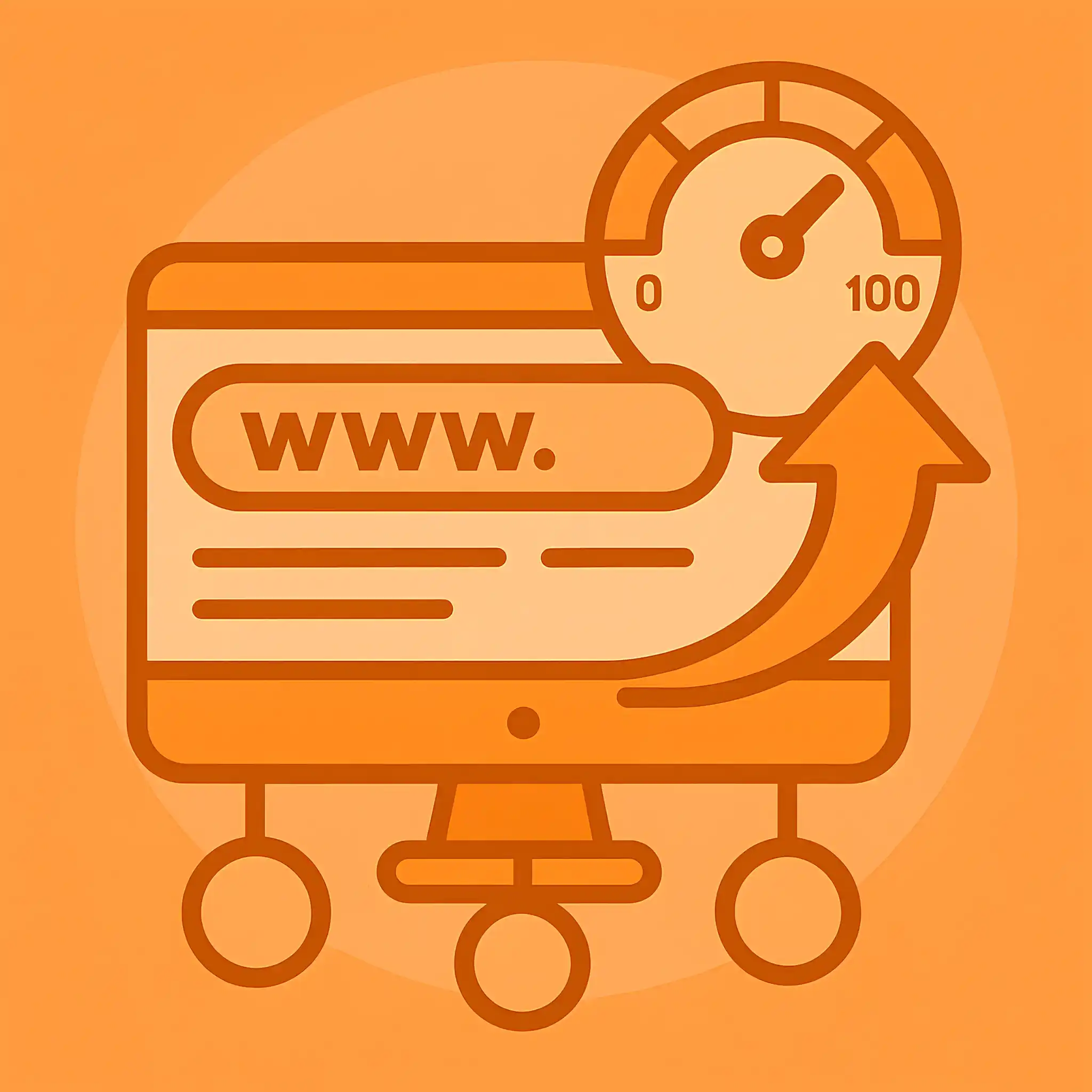
Only a few of them ask for real metrics that define what a high-authority website actually is. Everything is much simpler than people think. It’s really about how much Google trusts a domain.
When I look at a site, I don’t just check if it’s DA 70 or whatever. I ask: Does this site rank for anything meaningful? Is it alive? Is it earning links naturally? What’s the organic traffic like? Finally, what’s the number one reason this site ranks?
People get this wrong all the time. But if you want real link juice, focus on domain authority the way I just described.
Backlink relevance refers to how closely the linking page’s content (and sometimes the domain overall) relates to the topic of the page it’s linking to. For example, a backlink from a digital marketing blog to our SEO services page is highly relevant.
Google uses backlink relevance as a signal to assess how trustworthy the backlink is, whether the referring page is contextually qualified to link to your page, and if the link should influence rankings.
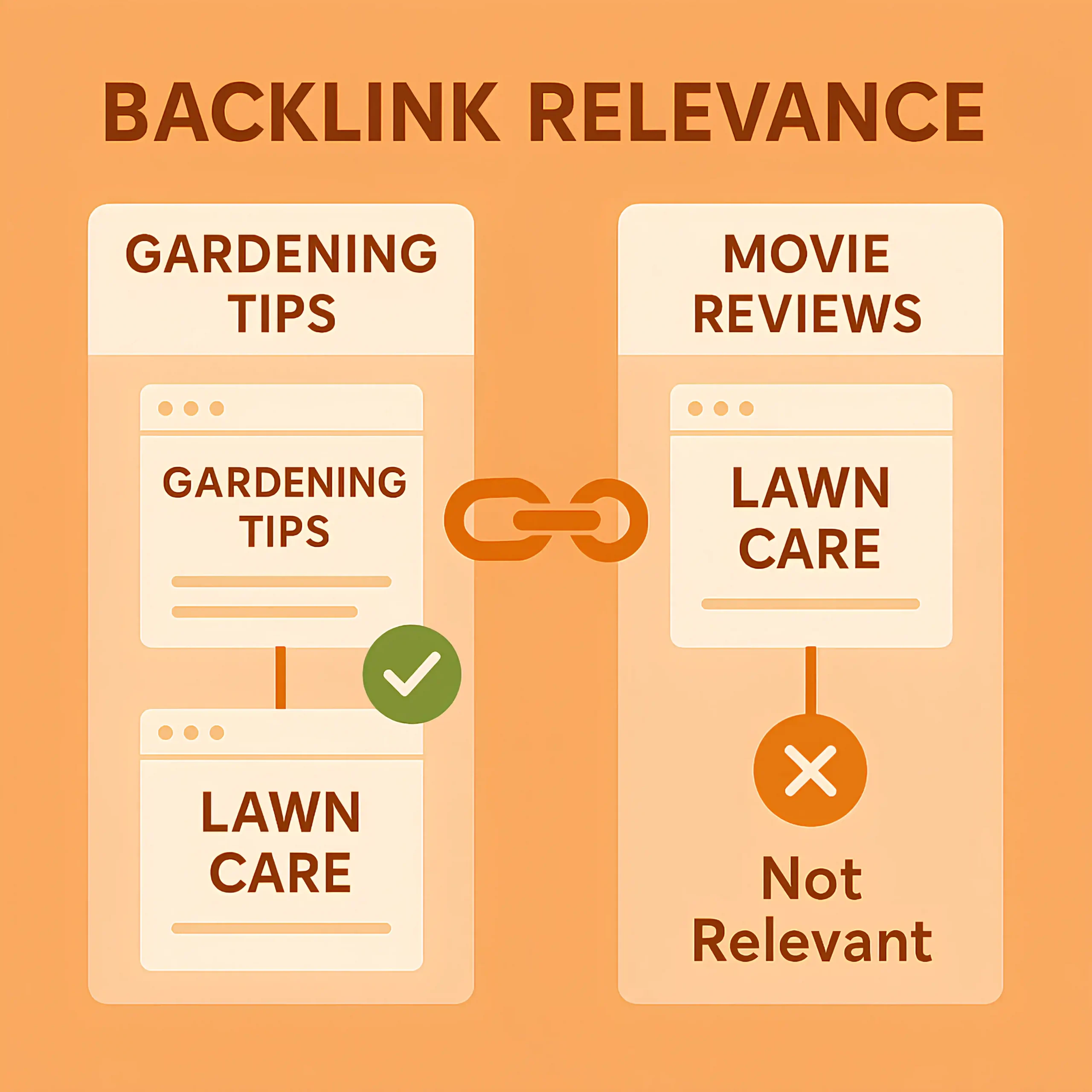
Page-Level Relevance is the strongest signal. If the exact page linking to you is topically related, it sends a clear message to Google. For instance, a blog post about “On-page SEO tips” linking to your “Technical SEO audit checklist” is a strong page relevance.
Domain-Level Relevance refers to the overall niche or theme of the website linking to you. Even if the specific page isn’t highly relevant, the site’s topical authority still adds value.
Imagine a general digital marketing site (domain) linking from a social media post (page). The page isn’t relevant, but the domain still fits your space.
However, zero-relevance backlinks can still pass link juice, especially if the linking site has high domain authority or trust, and the link is dofollow.
The best backlinks are both:
From a high-quality, trusted website on a relevant page talking about a closely related topic. If you get domain and page-level relevance, that’s the gold standard.
I never do niche edits on an article that already has too many outbound links. Interesting, right? But I pay attention to every small detail. When a page links to multiple external websites, it’s essentially dividing its link equity among all those links.
Let me clarify, if a page only links out to two or three sites, each one gets a bigger share of the page’s authority. But if that same page links to 50 different websites, your site might only get a tiny fraction of its overall value.
For example, let’s say you earn a dofollow backlink from a high-authority blog post, but that post contains 80 outbound links (common in resource roundups). Even though the site is relevant and trustworthy, the individual impact of your backlink is smaller compared to a clean, focused editorial mention with just 2-3 outbound links.
Does that mean avoid links from pages with many outbound links? Not necessarily. A highly relevant, high-authority site still passes value, just less per link if the page is crowded.
Google’s original PageRank algorithm treated each link as a vote of confidence, but, as I already said, not all votes were equal. The more high-quality links a page receives, the higher its authority, and the more valuable it becomes when linking out.
Here’s how it works in simplified terms: Each page has a certain amount of authority (PageRank). When that page links out, it distributes a portion of that authority to the pages it links to. The value drops slightly as it passes from page to page.
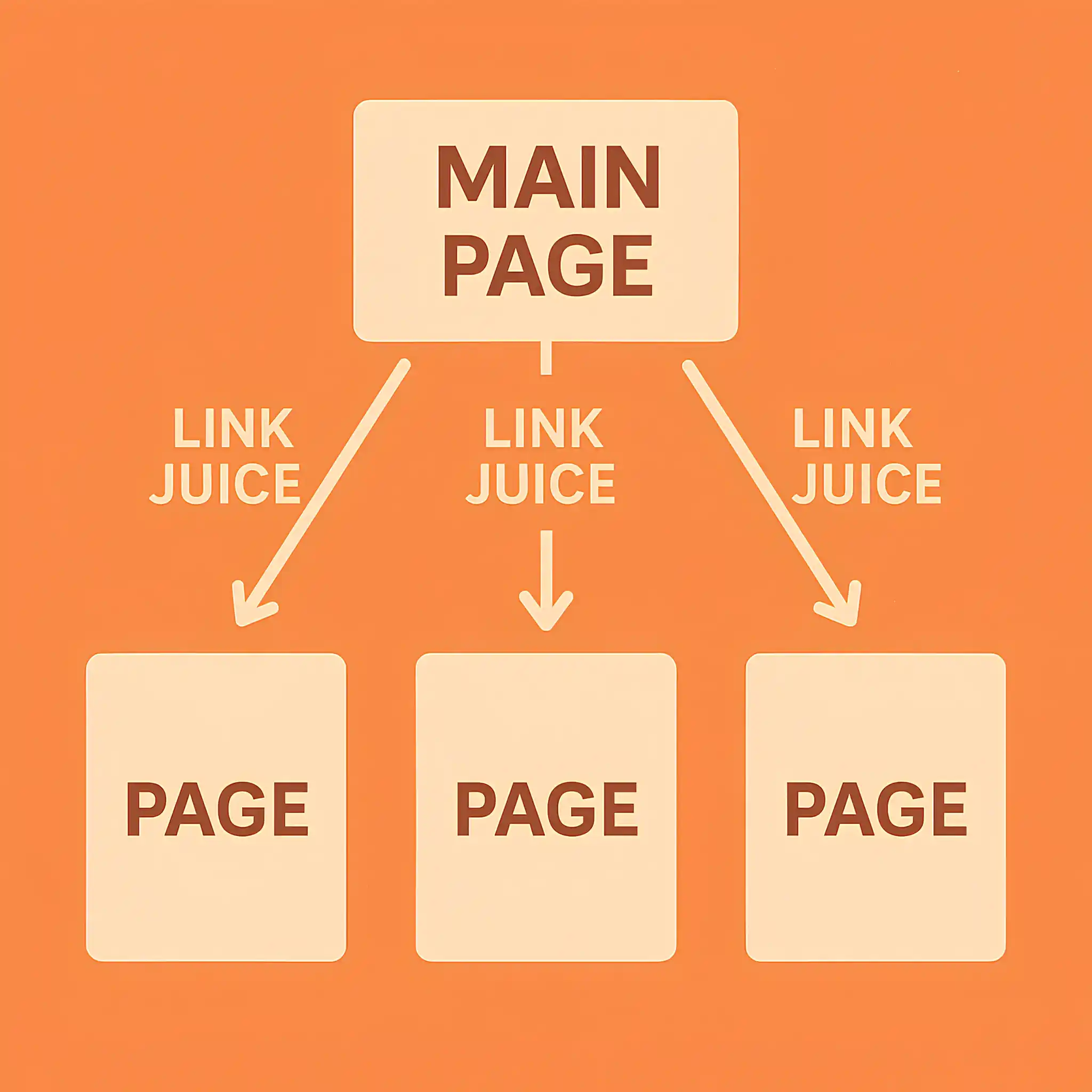
Today, Google’s PageRank is far more advanced than the original 1990s version. It’s integrated with contextual relevance, link placement, semantic understanding, and link trust signals. That said, the core principles of link equity flow still matter, and here’s how it works:
The original formula assumed that PageRank gets divided equally among all outbound links on a page. For example, if a page has a PageRank of 10 and links to 5 other pages, each one theoretically receives 10 ÷ 5 = 2 units of link juice.
Google uses a dampening factor (originally around 15%) to simulate user behavior; most people don’t keep clicking forever through endless links.
Simplified formula:
PageRank = (1 – D) + D * (sum of PageRank of linking pages ÷ their outbound links)
Where D = dampening factor, often set around 0.85
This means:
So the further a page is from high-authority sources, the weaker the link juice it gets. This is why internal linking, site structure, and crawl depth matter so much.
While PageRank affects how much authority flows, crawl budget affects how often (and how deeply) Google crawls your pages to discover and index links.
In general, large sites are allocated a specific crawl budget. That’s because Google has limited time and resources to crawl the entire internet. So when it encounters large websites, especially eCommerce or news sites with thousands (or millions) of URLs, it needs to make smart decisions on which pages to crawl, how often, and how deeply.
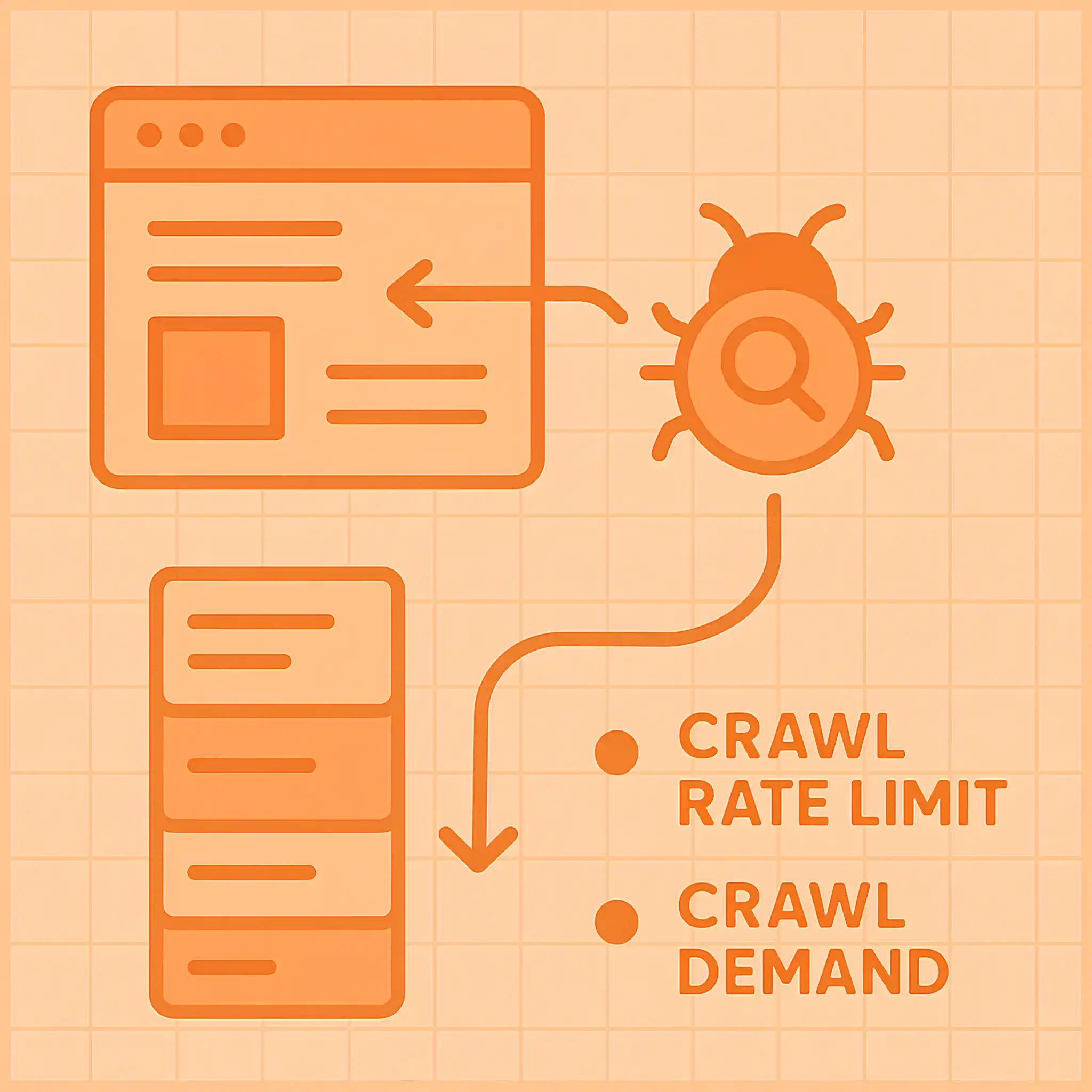
Google doesn’t want to overload your servers. If it crawled thousands of pages per minute, it could slow your site down, especially for big platforms with dynamic content.
Crawl budget depends on your site’s health, server performance, and link profile.
If your key pages are buried behind pagination, JS rendering, or complex architecture, Google might not crawl them, and link juice won’t flow as expected.
Google can still crawl noindexed pages (if not blocked), but they do not pass PageRank, even if they have backlinks. If a page is blocked in robots.txt, Google won’t crawl it, and won’t see the links on it.
Internal linking is one of the best ways to control how link equity flows across your website. It helps distribute authority, guide crawlers, and boost underperforming pages without building a single new backlink.
Internal linking is a long story, but today I’m dropping some killer tips to help you spread link equity across your pages more effectively.
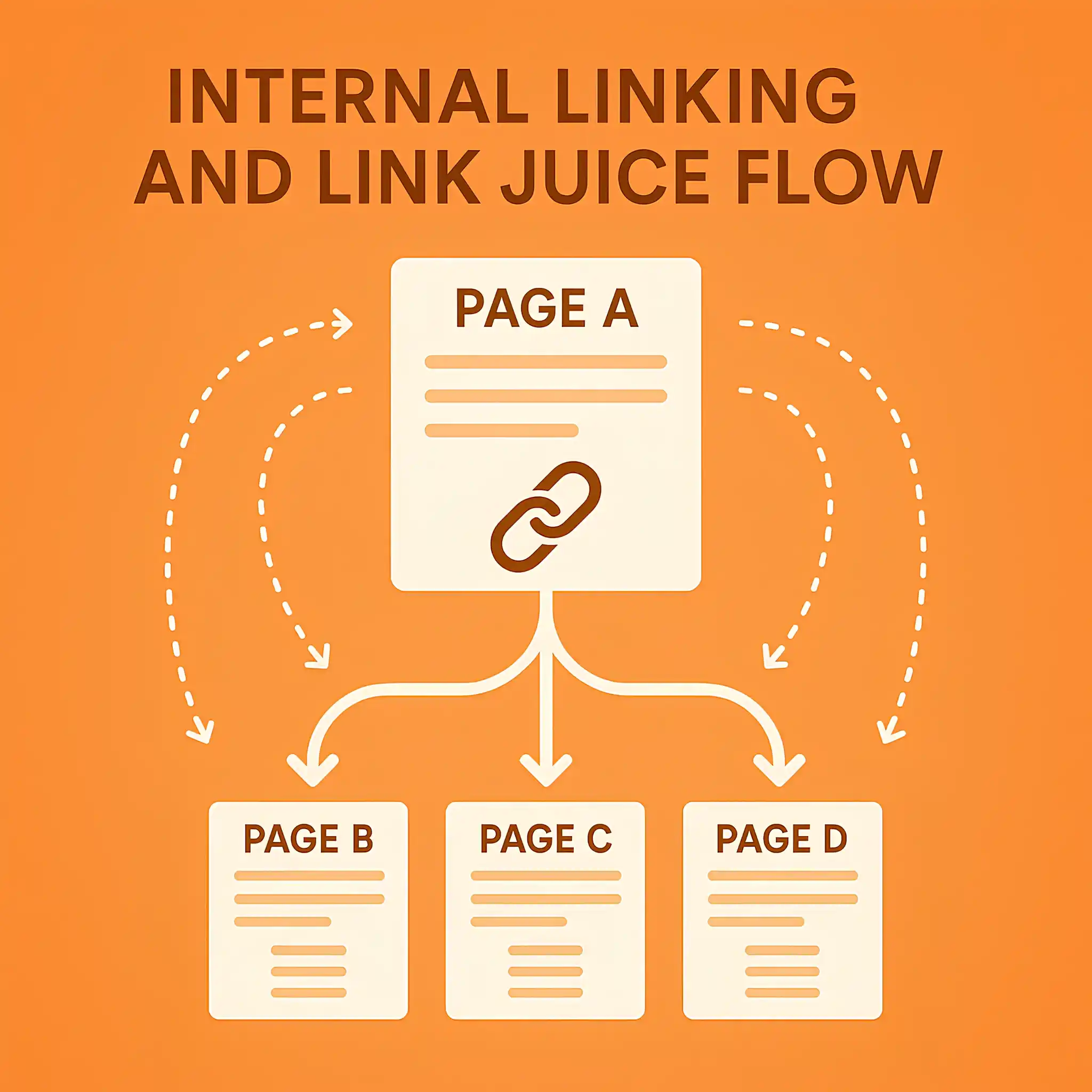
A silo structure organizes content into clear verticals, each topic belongs within its own defined hierarchy. For example, a services section might look like this: /services/seo/, /services/seo/audit/, and /services/seo/on-page/.
This format is particularly effective for large or enterprise websites where strict topical separation is essential. It helps Google understand the relationship between categories and supports authority within each silo.

On the other hand, the hub-and-spoke model is all about connecting content through internal linking rather than folder structure. It typically starts with a central “hub”, like a comprehensive SEO guide that branches out to supporting “spoke” pages such as keyword research, link building, or technical SEO.
Each spoke links back to the hub, creating a strong topical cluster.
Topical clusters help you build relevance and equity across a group of pages by linking them together naturally.
Here’s how to do it:
Personally, I’ve found the hub-and-spoke model far more flexible, especially for growing sites. It aligns beautifully with content marketing strategies, supports internal linking for SEO, and naturally scales as you expand into related subtopics.
Your homepage is often the most powerful page on your website, but it can become a dead end if you don’t use it strategically.
But, first of all, let’s understand why most link juice stays at the homepage.
That’s because it naturally attracts the bulk of external backlinks, making it a major source of link equity. However, for many websites, it becomes a roadblock. If all that authority just stays there, pointing to a handful of generic navigation links or changing blog content, you’re missing a huge opportunity to pass value deeper into the site.
In my experience, this is one of the most common structural issues holding websites back. To fix it, I would recommend that you add real anchor text links to service pages, pillars, and even high-priority blog posts, and prioritize internal links to pages with commercial or SEO value.
One of the most underestimated sources of link equity is redirected expired domains; domains that once had strong backlink profiles but are no longer active. These domains can pass existing authority to your website through 301 redirects if you acquire and redirect them properly.
The key is making sure the expired domain was relevant to your niche and wasn’t previously penalized or spammed. If the expired domain once linked to similar content or worked in a closely related industry, its backlink profile can provide a quick boost to your site’s trust signals and authority.
However, Google is smart, so context matters. If the redirected domain feels unnatural or irrelevant, the value passed can be reduced, or even ignored. That’s why a detailed audit of backlink sources and domain history is essential before using this tactic.
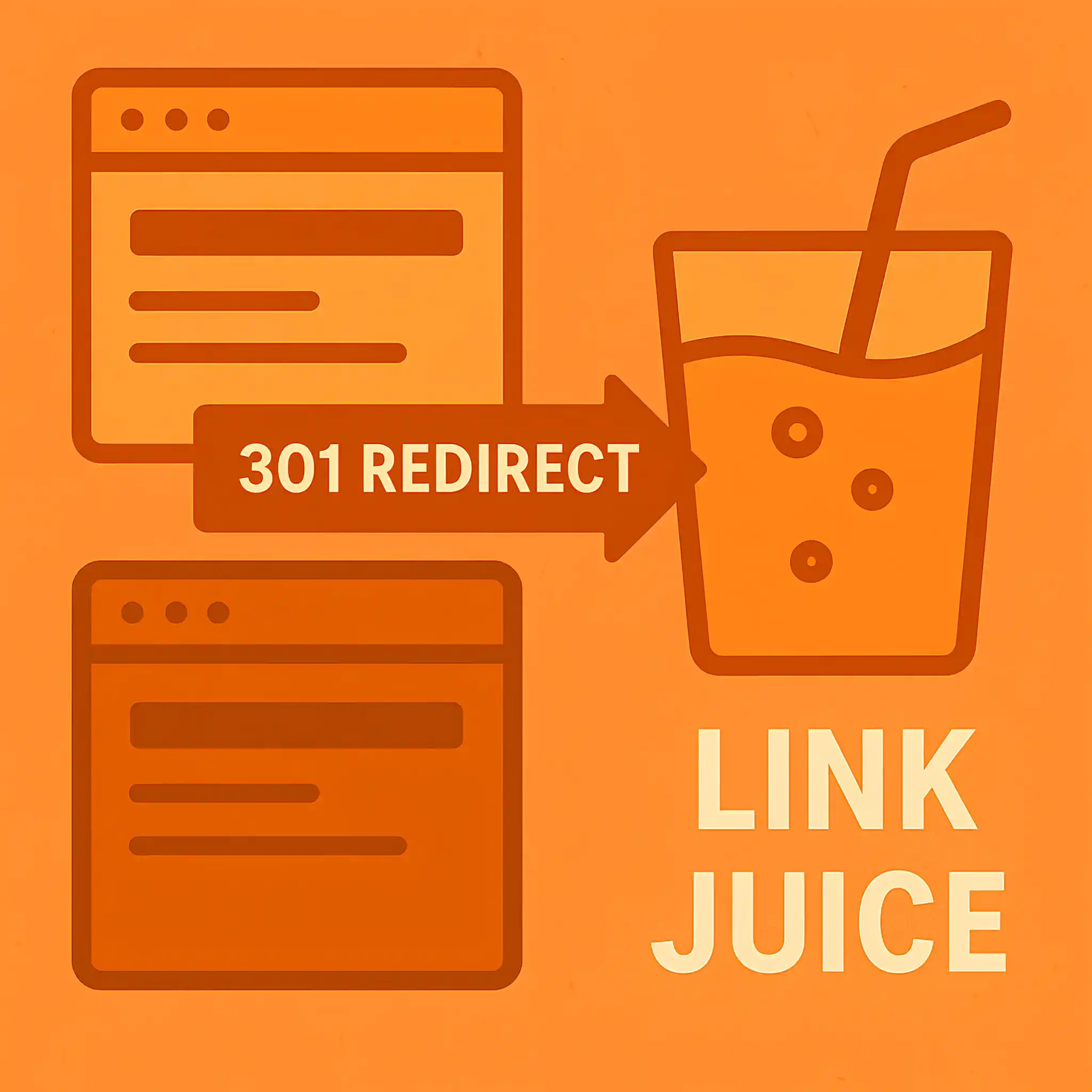
Beyond expired domains, 301 redirects from your own site, especially from retired pages with existing backlinks, are often an untapped asset. Many site owners delete old URLs or outdated blog posts without realizing that those pages may have acquired valuable backlinks over time. So, implementing a proper 301 redirect to a relevant live page ensures the equity flows somewhere useful.
Pro Tip: Many people ask, if a page is noindexed, why would Google care about its outbound links? What you must know is that if a page is set to noindex, follow, it can still pass link equity to other pages it links to.
Google won’t show that page in search results, but it will still crawl the links and evaluate them as part of your internal linking structure.
Google has stated that you don’t lose anything by linking out, but many practitioners remain skeptical and prefer to rely on their testing and critical thinking rather than official statements
There is an ongoing debate about whether outbound links “leak” link juice. Some experts, like Matt Diggity, argue that outbound links do pass some authority from your page, so they should be used strategically. Others contend that as long as your internal linking and content are strong, the impact of a few outbound links is okay.
Visually mapping link juice is one of the most effective ways to understand how authority flows across your site and identify opportunities to improve your internal linking strategy.
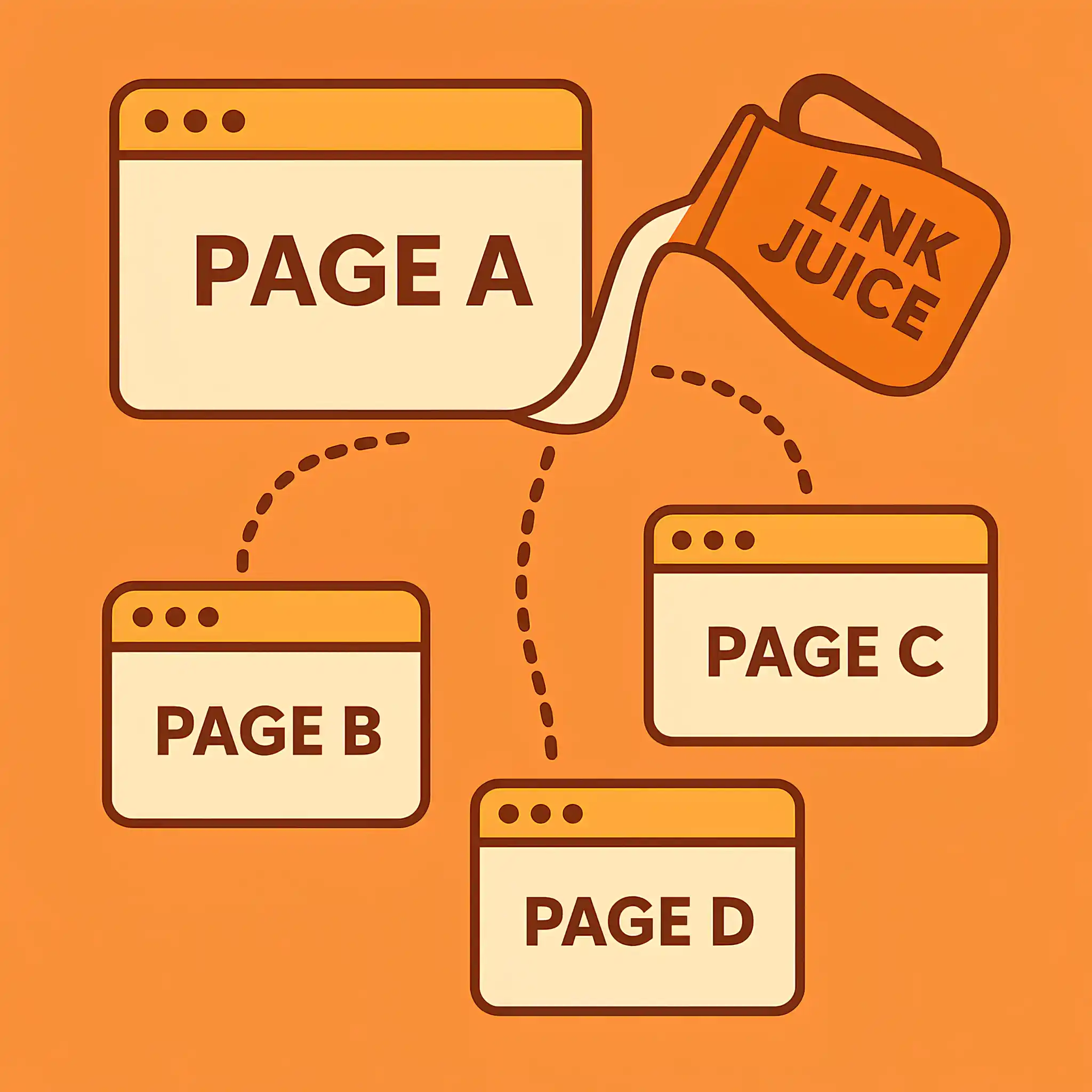
To do this, start by selecting your most authoritative pages, typically those with the most backlinks, like your homepage, top-performing blog posts, or linkable assets. These become your starting points or nodes of link equity.
From there, follow every internal link flowing out from those pages. Note where they lead, how often they link to specific pages, and whether those target pages are commercial, informational, or utility-based.
You can use visual tools like:
The goal is to visualize equity hubs and weak links: Are you wasting link juice on low-value pages? Are your service pages buried while blog posts get all the internal links? Does your homepage distribute equity strategically?
Mapping helps answer these. With a proper visual, you can spot where to redirect internal links, add contextual links, or consolidate content.
Nofollow links were originally introduced to tell search engines not to pass PageRank or link equity through a hyperlink. For many years, Google treated the rel=”nofollow” attribute as a strict directive, meaning no link juice flowed through it.
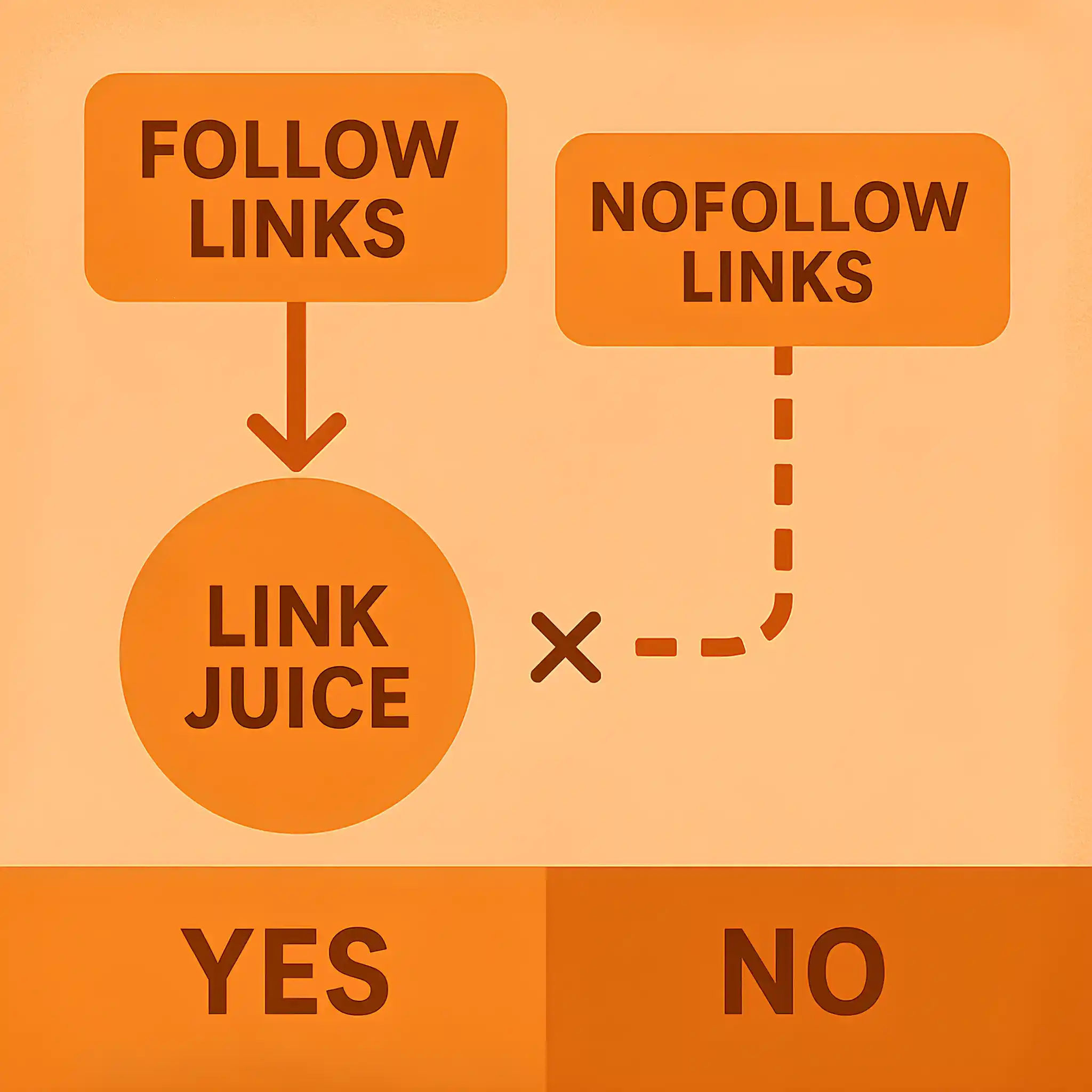
However, in 2019, Google updated its stance: it now treats nofollow as a hint rather than a rule. This means nofollow links can pass link equity in some cases, particularly when they come from high-authority, contextually relevant pages.
That said, nofollow links still don’t carry the same weight as dofollow links. They typically offer limited SEO value, but that doesn’t mean they’re useless.
The link-building technique that passes the most link juice is earning contextual editorial backlinks from high-authority, topically relevant pages, typically through digital PR, guest contributions on real publications, or high-quality content assets that attract natural links.
In contrast, links from sidebars, footers, or irrelevant content, even if dofollow, are often devalued algorithmically. Google looks at not just the domain, but the page-level authority, link placement, and semantic relevance to determine how much equity is passed. That’s why a single, clean backlink from a relevant Forbes article can outperform dozens of lower-tier placements.
In short, real editorial links within relevant content on trusted websites pass the strongest link equity and remain the best standard in modern SEO.
For eCommerce (Especially enterprise eCommerce), the smartest way to pass link juice to product pages is through layering, not just through content or categories, but also through UX-driven elements like “Related Products,” dynamic cross-linking, and crawl-friendly architecture that replicates internal popularity signals.
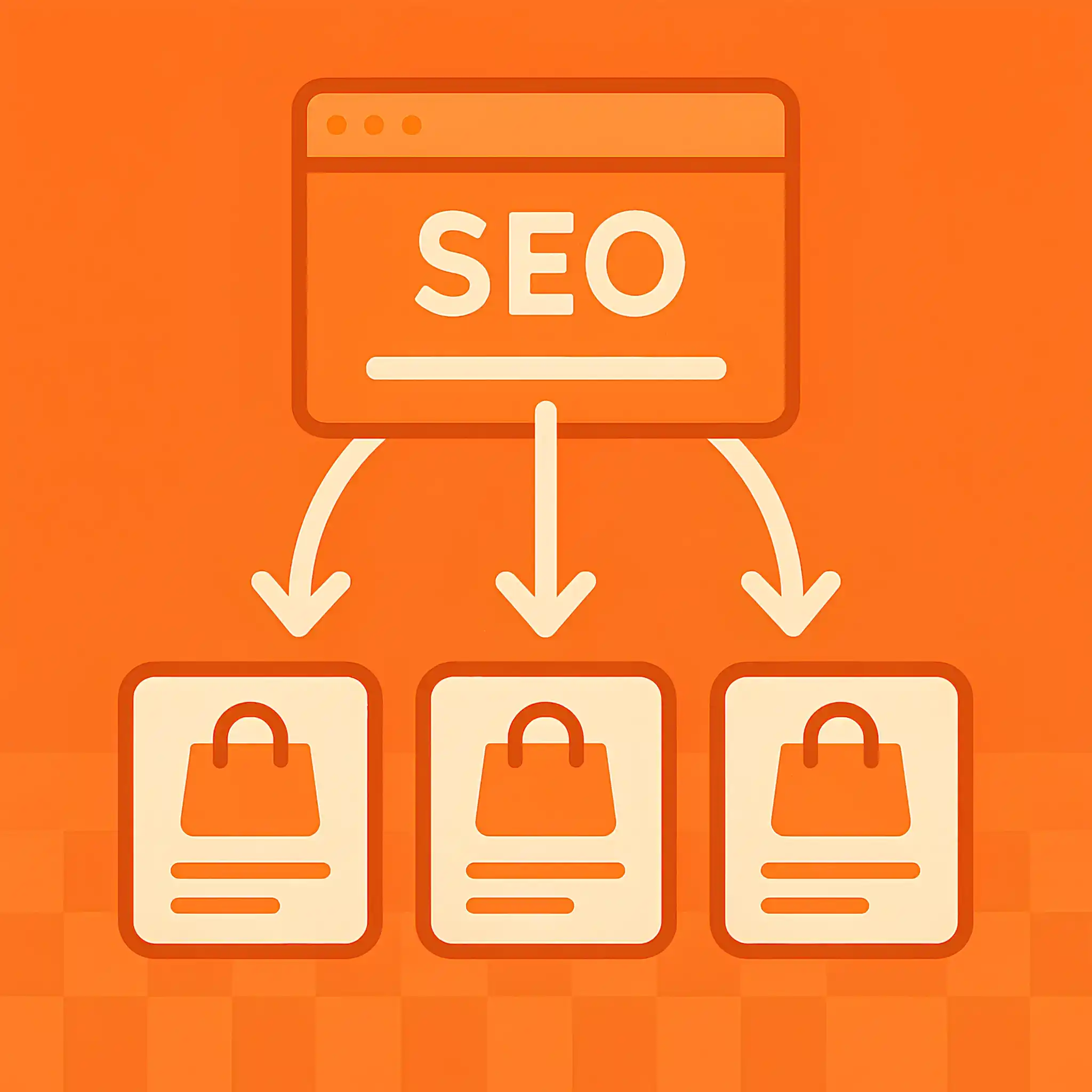
First, you can use category pages as equity hubs. From each category page, link to your priority products with exact-match or descriptive anchor text.
Second, incorporate editorial SEO content into your product experience. Enterprise brands should publish buying guides, comparison posts, and seasonal roundups that rank and earn links, and from there, pass equity to featured products.
Yes, link juice absolutely flows through image links, as long as they are wrapped in an anchor tag () and not marked as nofollow. Google treats image links similarly to text-based links when it comes to passing PageRank, meaning they can transfer authority to the linked page.
However, there’s an important nuance: since image links don’t have anchor text, Google uses the alt attribute as a contextual clue. If the alt text is missing or generic, the link passes equity but may lack topical relevance.
Yes, broken links waste link juice, both internally and externally. When a page contains a link to a URL that returns a 404 or is no longer accessible, any link equity intended to flow through that link effectively hits a wall.
Search engines can’t follow the path, and no authority is transferred to the destination page.
Orphan pages typically do not receive any link juice through internal linking, because search engines can’t follow a path to reach them. Even if the page is indexed or submitted via a sitemap, the absence of contextual internal links means no equity flows to it from within your site’s architecture, which significantly limits its ability to rank.
That said, there are exceptions. If an orphan page has external backlinks, it can still receive link equity directly from those sources.
I think yes, internal cannibalization can affect link juice distribution, and often in ways site owners don’t realize. When multiple pages on the same website target the same or very similar keywords, Google may struggle to determine which page is the most authoritative or relevant. As a result, your rankings and link equity become fragmented.
Rel-sponsored links are specifically marked to signal that a link was placed due to a commercial arrangement, such as paid placements or sponsorships. Google introduced the rel=”sponsored” attribute to help distinguish these from natural editorial links. As a rule, Google does not pass PageRank or link equity through rel-sponsored links because they fall outside of Google’s guidelines for organic backlink acquisition.
No, canonical tags do not pass link juice directly like traditional hyperlinks. Instead, they serve as a signal to search engines, telling them which version of a duplicate or near-duplicate page should be considered the primary (canonical) one for indexing purposes.
Yes, redirect chains do weaken link juice, and Google has confirmed this on multiple occasions. A single 301 redirect typically passes most of the original PageRank (historically estimated at around 90–99%). When you start chaining redirects — Page A → Page B → Page C, each hop introduces decay, not only in authority but also in crawl efficiency.
From an SEO and technical standpoint, long redirect chains create friction. Googlebot may crawl only part of the chain depending on crawl budget, and it’s more likely to skip or delay passing full value to the final destination.
In addition, user experience and server response times are impacted, which indirectly affects rankings. Best practice is to minimize redirect hops and always point internal links and backlinks to the final, canonical URL to ensure the cleanest and strongest flow of link equity.